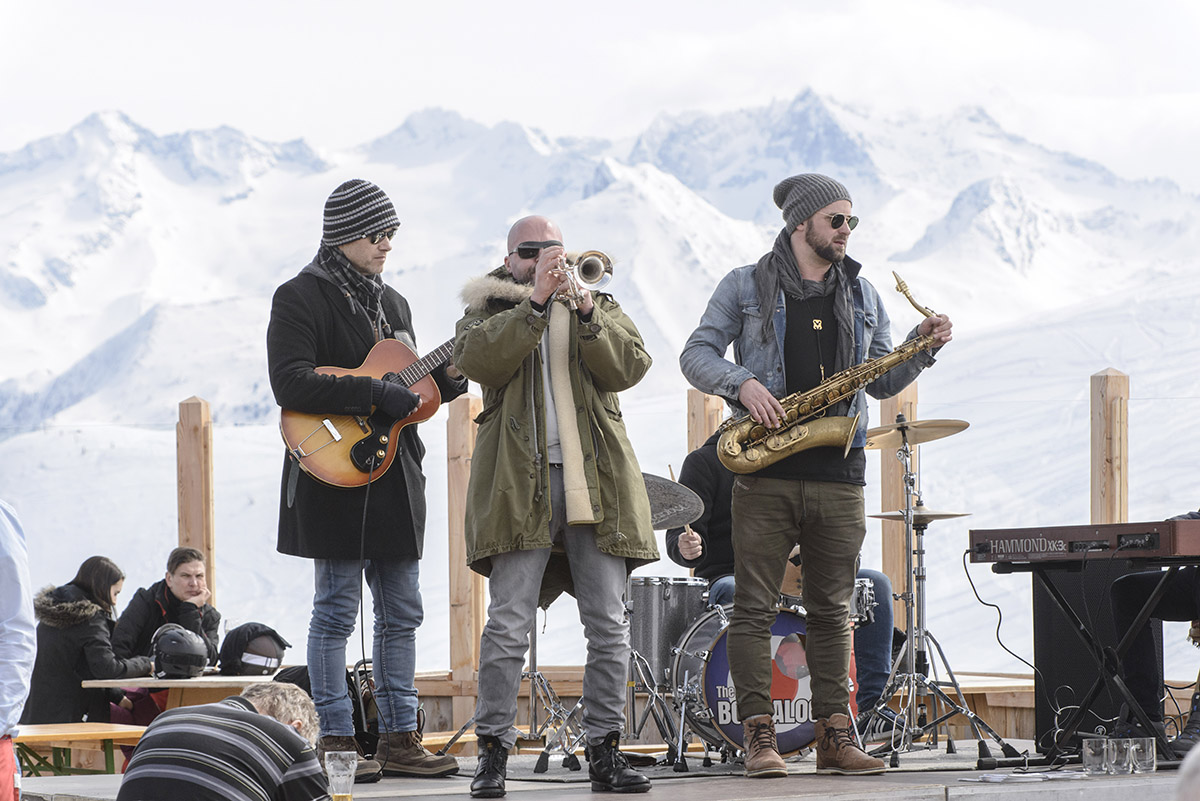GLARNER WIRTSCHAFTSARCHIV

How a remote mountain valley achieved a global export
TEXT: NANE STEINHOFF | PHOTO © GLARNER WIRTSCHAFTSARCHIV, SCHWANDEN GL-SÜD
Looking for a cultural experience of the special kind? Then a visit to the Glarner Wirtschaftsarchiv (Glarus Archive of Economics) in Switzerland’s Schwanden is a must. Here, visitors can learn more about Glarus’ impressive transformation from a mountain valley into a true global export wonder.
Situated in Schwanden, in the Canton of Glarus, the Glarner Wirtschaftsarchiv documents the region’s extraordinary industrial development over the 19th and 20th centuries, which was based on clever textile printing procedures. Visitors can look forward to a wide range of impressive fabric patterns from former production days, as well as a surprising amount of original, artfully designed block-printing models, sample books and design sketches.
Back to the history
What exactly was it that made Glarus stand out? Well, from the very start, Glarus’ textile printing companies were looking for markets in the Middle’ and in the Far East and orientated their trading activities towards international and global exports. That is the reason why the adventurous manufacturers from Glarus went on difficult and dangerous business trips to obtain original drawings from the desired markets, which were either drawn or put on fabrics by an elaborate and expensive waxing procedure there.
The people from Glarus then copied the drawings and patterns on cut wooden models and so were able to imprint fabrics by a more efficient, cheaper procedure. This meant that the fabrics from Glarus could be offered significantly cheaper in countries like Indonesia despite the long transport routes. This historic form of globalisation supported, rather than replaced domestic production activities and, therefore, could well act as a prime example for present times, while outlining how today’s globalisation could avoid destroying local businesses.
The Glarner Wirtschaftsarchiv was founded to illuminate these very exciting historic developments, while encouraging young generations to think about economic and trade innovations in today’s world. That is the reason why significant documents and objects from Glarus-based textile companies Blumer and Streiff, or the electrical engineering company Therma, are stored and made accessible to research teams and to interested visitors. The current Glarnerland global exhibition shows block-printing models, design sketches and fabrics and will continuously be expanded with new aspects and insights as they become available.
All in all, the Glarner Wirtschaftsarchiv’s aim is to promote confidence and instill courage in school classes and the local population, to innovatively approach Glarus’ future development. After all, if a remote mountain valley is able to transform into an impressive global export by the simple, available means of past times, how much could be achieved with commitment, innovation and high-quality work today?
Subscribe to Our Newsletter
Receive our monthly newsletter by email




